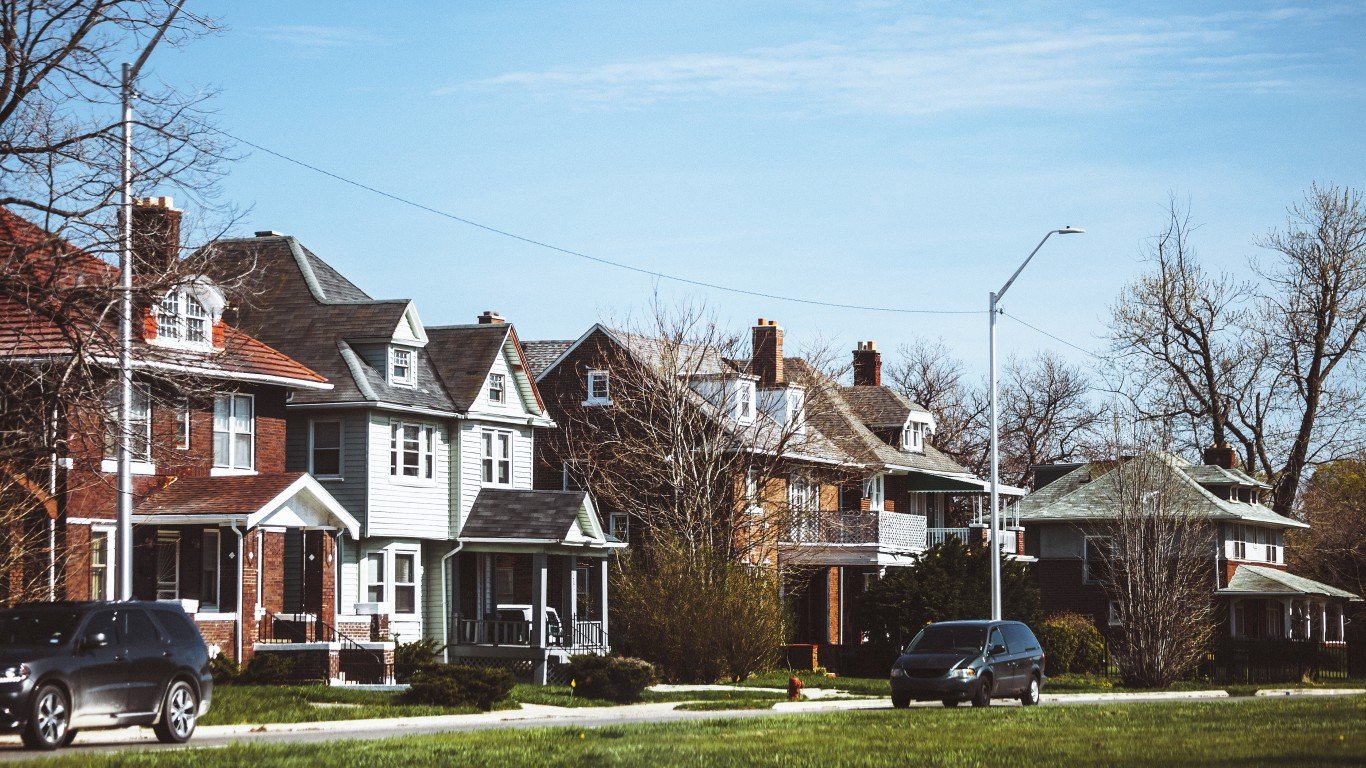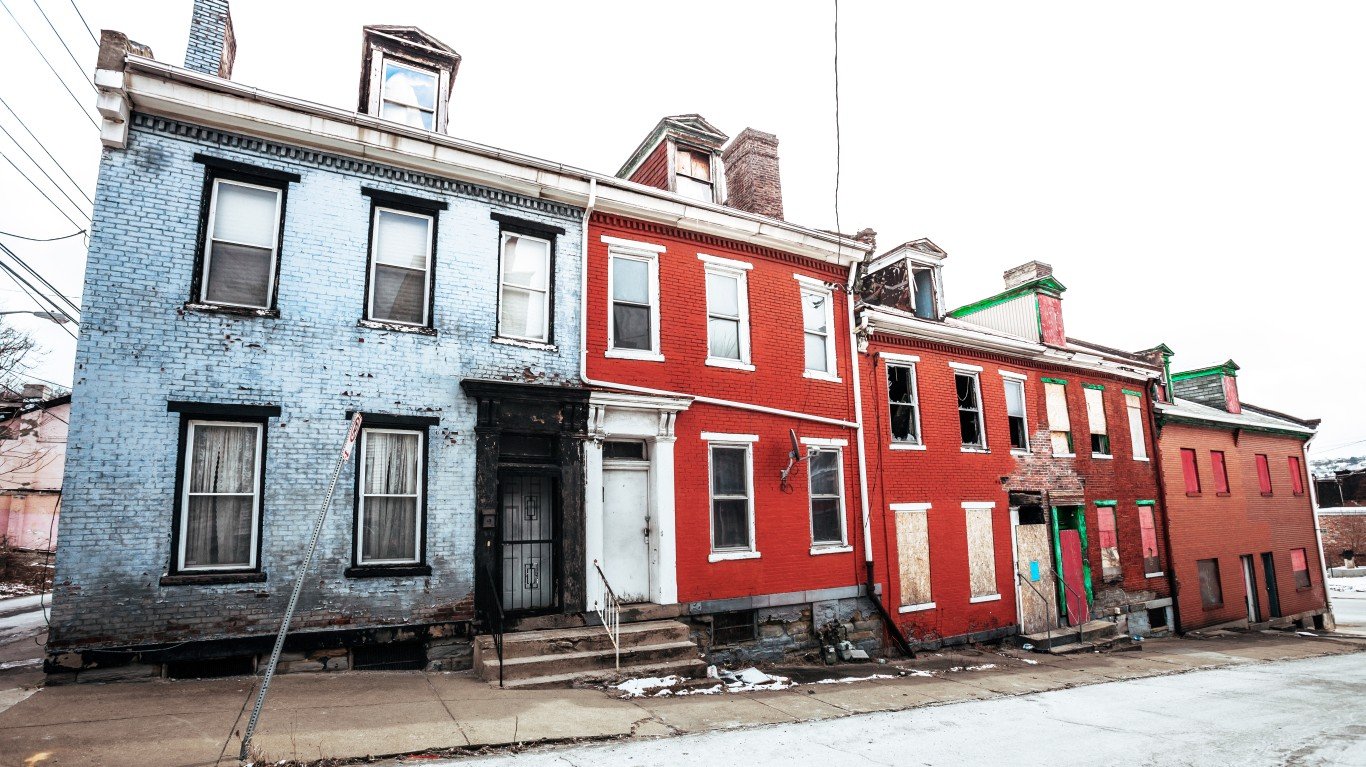

Home prices in the United States have posted unprecedented growth. According to the carefully followed S&P Case-Shiller home price index, in some cities, the price of a home has risen over 20% in a year. One reason for this is low mortgage rates, which allow people to afford homes that might be beyond their financial reach if rates were higher. Additionally, people have flooded into affordable markets with better quality of life than those of the expensive coastal cities like New York, San Francisco and San Jose.
One of the largest drivers of home prices is the ability to work from home. The COVID-19 pandemic brought this on. However, some companies have kept it as a permanent practice.
[in-text-ad]
The July Home Price Insights report from real estate research firm CoreLogic states:
The report is published monthly with coverage at the national, state and Core Based Statistical Area (CBSA)/Metro level and includes home price indices (including distressed sale); home price forecast and market condition indicators.
One of the notable findings of the report is how much price increases differed from city to city, when comparing median home prices in July to these from the same month last year. Among the largest cities, Phoenix topped the list, with home prices up by 29.7%. At the other end of the spectrum, prices in Chicago were only 9.2% higher.
The differences by state also varied widely. Prices in Idaho rose 33.6%. Idaho has been among the fastest-growing states by population based on census data for 2010 and 2020. It also has been a destination for people moving from west coast cities such as Seattle and San Jose.
Here is how much home prices have risen by state:
Alabama: 14.4%
Alaska: 10.2%
Arizona: 28.4%
Arkansas: 17.3%
California: 19.1%
Colorado: 19.7%
Connecticut: 19.3%
Delaware: 17.0%
District of Columbia: 5.8%
Florida: 19.4%
Georgia: 16.6%
Hawaii: 14.6%
Idaho: 33.6%
Illinois: 10.4%
Indiana: 20.9%
Iowa: 11.2%
Kansas: 12.7%
Kentucky: 14.1%
Louisiana: 10.9%
Maine: 16.6%
Maryland: 13.6%
Massachusetts: 15.6%
Michigan: 15.4%
Minnesota: 13.4%
Mississippi: 10.6%
Missouri: 15.4%
Montana: 23.5%
Nebraska: 14.0%
Nevada: 22.4%
New Hampshire: 20.6%
New Jersey: 16.4%
New Mexico: 14.8%
New York: 8.3%
North Carolina: 19.2%
North Dakota: 6.1%
Ohio: 15.8%
Oklahoma: 12.6%
Oregon: 20.2%
Pennsylvania: 14.4%
Rhode Island: 22.0%
South Carolina: 17.0%
South Dakota: 8.8%
Tennessee: 21.2%
Texas: 15.8%
Utah: 25.7%
Vermont: 19.8%
Virginia: 14.2%
Washington: 21.7%
West Virginia: 15.2%
Wisconsin: 14.4%
Wyoming: 11.0%
Click here to see the cities where buying a home is most expensive.
Essential Tips for Investing: Sponsored
A financial advisor can help you understand the advantages and disadvantages of investment properties. Finding a qualified financial advisor doesn’t have to be hard. SmartAsset’s free tool matches you with up to three financial advisors who serve your area, and you can interview your advisor matches at no cost to decide which one is right for you. If you’re ready to find an advisor who can help you achieve your financial goals, get started now.
Investing in real estate can diversify your portfolio. But expanding your horizons may add additional costs. If you’re an investor looking to minimize expenses, consider checking out online brokerages. They often offer low investment fees, helping you maximize your profit.
Thank you for reading! Have some feedback for us?
Contact the 24/7 Wall St. editorial team.



